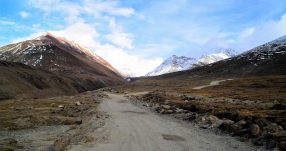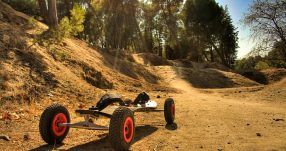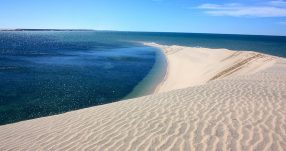Winter road trips can be challenging but exciting. Although cold, many parts of Europe are great fun to explore in winter and this is a great time to satisfy your winter wanderlust. If your driving route will be taking you through regions where temperatures are low and the terrain is snowy or icy, some extra prior planning and preparation are vital for any motoring adventures. It’s essential to ensure that your vehicle and you are ready before you go, so here are some handy winter road trip tips for driving across European adventure travel destinations.
Images courtesy of: The Baltic Run
Choosing a Vehicle
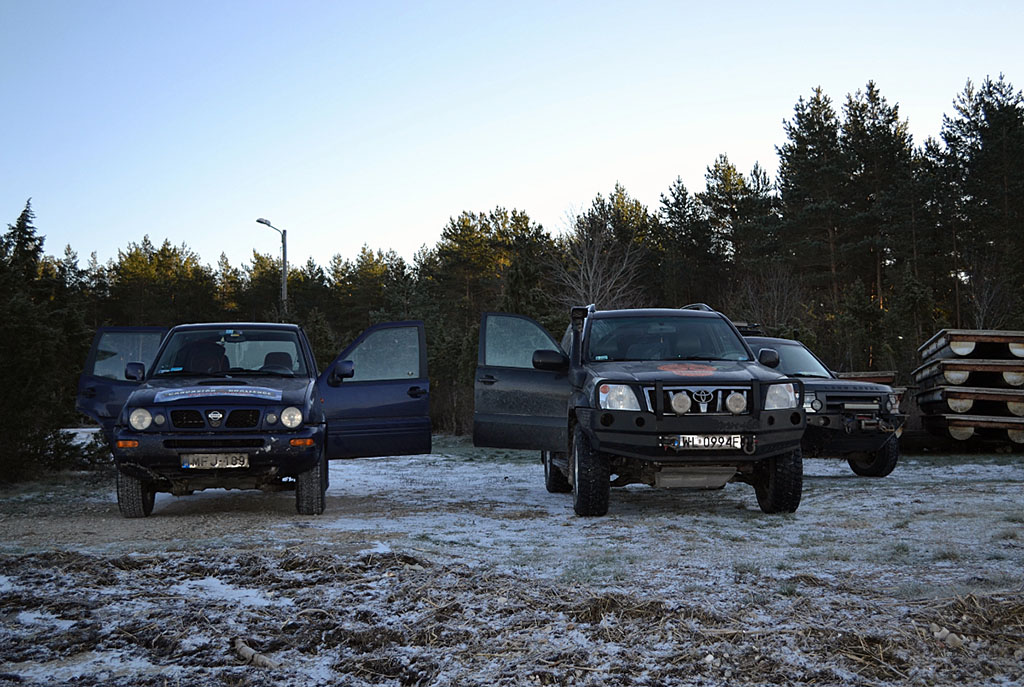
You can either drive your own or rent one. If you choose to rent, be aware of which countries you can legally drive to. Each rental car company will have specific countries within their insurance coverage as company policy dictates.
For the safest option, you might want to consider renting one of the 4×4 adventure vehicles your car rental company offers, though a front wheel drive is certainly not out of the question and many models handle well in snow. You should try to rent a car that has an anti-lock braking system, or ABS. This system prevents the car from locking up should you happen to start skidding on icy roads, helping you keep it under control. Since skidding is one of the most dangerous aspects of winter driving, this is something you should seriously consider.
Prepping Your Wheels
Safety first! You will need good quality winter tires for long distances. Chains just won’t do, and aren’t suitable for driving at highway speed. Rental car companies may not allow you to put chains on their vehicles in case of damage. Inspect your tires before setting out and replace any worn ones, and check them regularly throughout your journey as under-inflated tires run the risk of skidding more easily.
If using your own set of wheels, it’s strongly recommended to take your vehicle to a mechanic before setting out on your motoring adventures. Ask the mechanic to inspect your car’s brakes, lights, oil, tires, exhaust system and defroster. You might want to clean any corrosion from posts and connections too. A battery test is also worth doing – and most auto parts stores will even do this for free. You can opt to purchase an automatic jump starter which will set you back about 60 Euros but ensures that if your battery dies out on the road, you will be completely self-sufficient. And remember to keep your gas tank at least half full at all times to keep the gas lines from freezing.
Worn out wiper blades need to be replaced as these are vital to enable visibility while driving through snow and ice. You should also purchase windshield washer fluid specially formulated for driving in below freezing temperatures.
Fuel consumption is a very important factor when planning a winter road trip and is one of the main things to factor into your budget. In some countries, fuel can be very expensive. It’s worth it to look out for fuel efficient car rentals, to avoid burning through your wallet as well as rubber.
On the Road
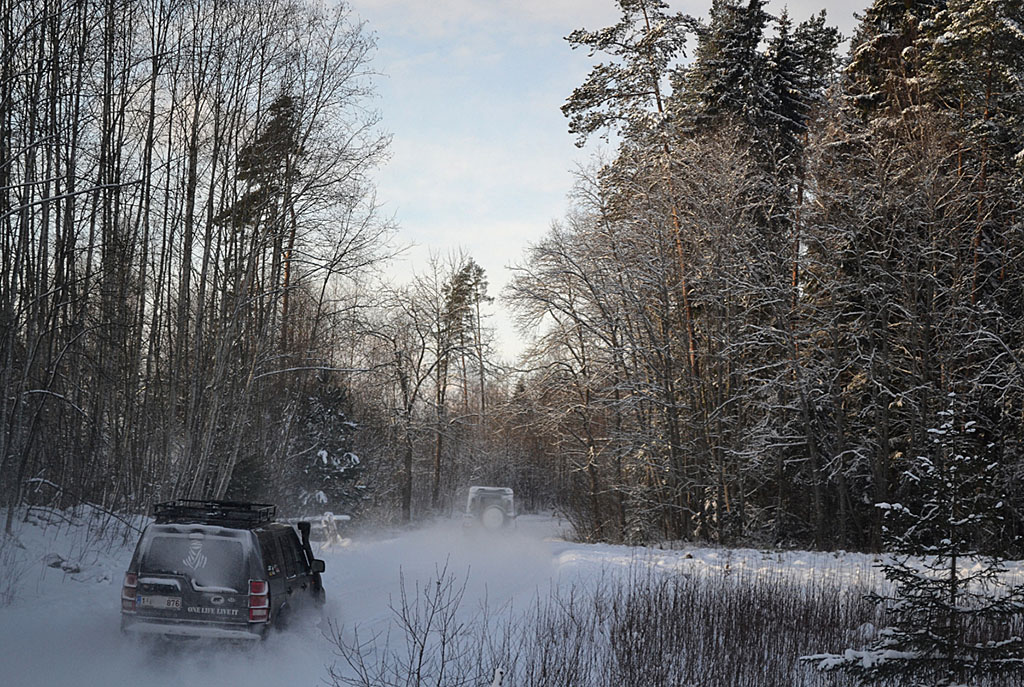
You may need vignettes to display on your windshield in some European countries. These stickers, which can usually be bought at petrol stations, show that you have paid your road taxes and cost 10-15 Euros. These are not a scam and not having one risks you being pulled over and forced to pay a hefty fine of up to 150 Euros. Check ahead which countries require them and inform yourself of where to buy one so that you can avoid a somewhat unpleasant encounter with authorities. Check out this web page for a helpful list of which countries require vignettes.
Some other winter road trip tips to keep in mind:
- Plan for shorter days of driving than in the summer months.
- Be aware of changing weather conditions.
- Keep a good distance between cars, 4-6 seconds is a good rule of thumb.
- Clean the snow and ice off your car completely. You need to remove all of it, not just enough to see. Remaining ice on your windshield can compromise your visibility while snow on your roof can blow onto yours unexpectedly, or onto another driver’s.
- Driving on ice roads: in some regions, you can encounter roads lying on top of frozen lakes, rivers and even the sea, such as the Baltic Sea, which you can cross as part of the Baltic Run, a winter adventure rally through the Baltic states of Europe. Official ice roads are generally well maintained and safe in good weather conditions. You do need to take heed of speed and weight limits here however, and avoid stopping on the ice as this can cause a local depression, which in worst cases can break the ice and cause water to flow into your vehicle.
- Go slow!
Checklist of Things to Pack in Your Emergency kit
While venturing out on a winter road trip, there are certain situations you can risk, such as your battery dying, facing snowstorms that can come from nowhere and even being snowed in. As such, it’s essential to be well prepared. Here’s a basic list of useful things to pack in the trunk for any unexpected scenarios you may face.
- Up to date paper maps and a GPS map
- Mobile phone and charger
- Ice scrapers
- Wiper fluid
- Jumper cables (or an automatic jump starter)
- A shovel and sand (or kitty litter)
- Road flares
- A first aid kit
- A fire extinguisher
- A tow rope
- A flashlight with extra batteries
- Extra shoes, socks and gloves
- Extra set of warm clothing
- A warm blanket
- A small tool kit
- A few bottles of water
- Some snacks that will survive the journey
- Paper towels
If you’re traveling alone, it might be a good idea to bring CDs or audiobooks to keep yourself entertained.
Liked this article? Looking for the latest in travel and adventure news? Then check out the rest of our articles at Adventure Herald. You can also like us on Facebook, follow us on Twitter or Instagram to keep up with our latest antics.
About the author
Fiona
Fiona is half Irish-half Italian and currently lives in Budapest. She is passionate about sustainability and loves nature, traveling and vegan food.
In adventure travel news, n innovative new natural desert reserve spanning 10 percent of the total area of Dubai has been launched in the UAE. The Marmoon Desert Reserve Project is set to be the site of several ecotourism projects and conservation efforts contributing to the protection and nurturing of the environment,…
Hot Topics
In adventure travel news, n innovative new natural desert reserve spanning 10 percent of the total area of Dubai has been launched in the UAE. The Marmoon Desert Reserve Project is…




